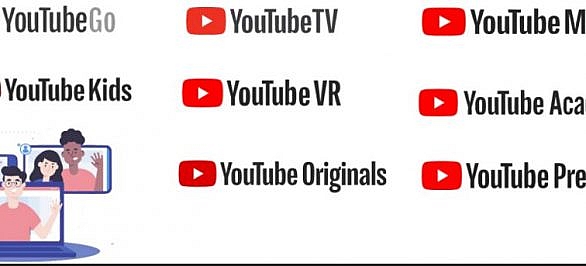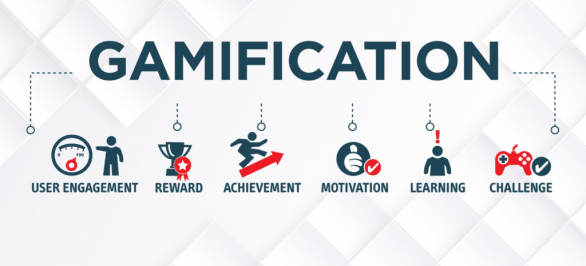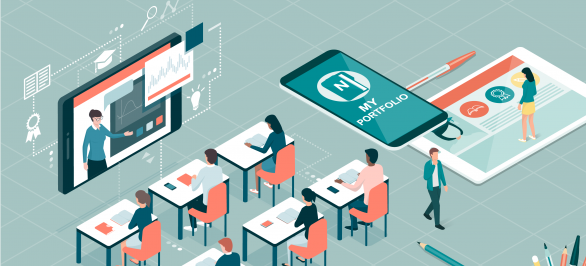The use of online social networks in education can remodel and enhance teaching and learning; one such network is the video‐sharing site YouTube. Members of the next generation, those who grew up in an environment enriched by information technology, have been termed “digital natives”. This “Net” or “Millennial” generation has aptitudes, attitudes, expectations, and learning styles reflective of the environment in which they were raised.
YouTube is a video‐sharing website on which users can upload,
…






